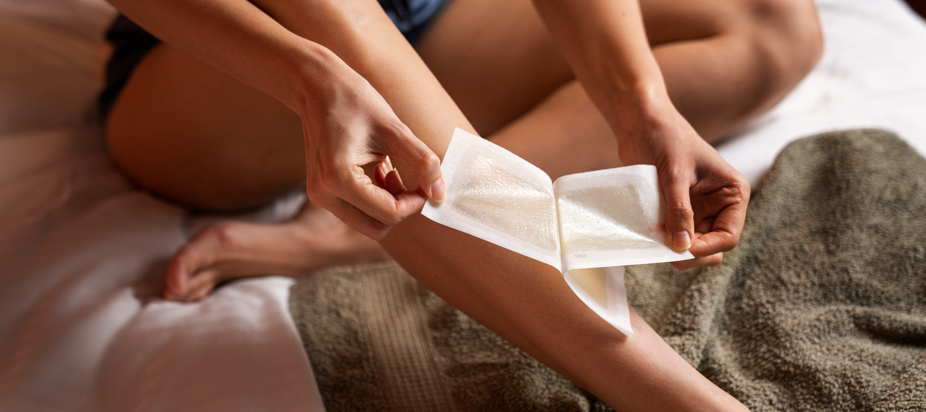Bursitis is an inflammation of the bursae, which are small sacs filled with synovial fluid that help reduce friction between tissues in the body. Commonly affecting the shoulders, elbows, hips, and knees, bursitis can significantly impair movement and cause substantial discomfort. Understanding the underlying causes, recognizing the symptoms, and exploring effective treatment options are crucial for managing and preventing this condition.
Causes of Bursitis:
-
Repetitive Motion and Overuse:
-
Engaging in activities that require repetitive movements or excessive pressure on the joints can lead to bursitis. Examples include gardening, painting, playing tennis, or lifting heavy objects.
-
-
Injury or Trauma:
-
A direct blow or injury to a joint can cause bursae to become inflamed. This is common in contact sports or accidents.
-
-
Prolonged Pressure:
-
Extended periods of pressure on a particular joint, such as kneeling on hard surfaces, can result in bursitis.
-
-
Age and Wear and Tear:
-
As people age, the bursae can become less resilient, making them more susceptible to inflammation.
-
-
Underlying Health Conditions:
-
Certain medical conditions, such as rheumatoid arthritis, gout, or diabetes, can increase the risk of developing bursitis.
-
Symptoms of Bursitis:
-
Pain:
-
The most common symptom of bursitis is pain around the affected joint. The pain may be sharp and intense or a dull ache, and it often worsens with movement or pressure.
-
-
Swelling:
-
Inflammation of the bursae can cause noticeable swelling around the affected area.
-
-
Stiffness:
-
Bursitis can lead to stiffness in the joint, making it difficult to move.
-
-
Redness and Warmth:
-
The skin over the inflamed bursae may become red and warm to the touch.
-
Diagnosis:
Diagnosis of bursitis typically involves a physical examination and a review of medical history. Imaging tests, such as X-rays, ultrasound, or MRI, may be used to rule out other conditions and confirm the diagnosis. In some cases, fluid from the inflamed bursae may be extracted and analyzed to check for infection or gout.
Treatment Options:
-
Rest and Activity Modification:
-
Avoiding activities that aggravate the condition and allowing the affected joint to rest can help reduce inflammation and pain.
-
-
Ice and Heat Therapy:
-
Applying ice packs to the affected area can help reduce swelling and numb pain. Heat therapy, such as warm compresses, can help relax and soothe the muscles.
-
-
Medications:
-
Over-the-counter anti-inflammatory medications, such as ibuprofen or naproxen, can help relieve pain and reduce inflammation. In severe cases, corticosteroid injections may be administered directly into the inflamed bursae.
-
-
Physical Therapy:
-
Physical therapy exercises can help strengthen the muscles around the affected joint, improve flexibility, and reduce the risk of recurrence.
-
-
Assistive Devices:
-
Using braces, splints, or cushions can help alleviate pressure on the affected joint.
-
-
Aspiration and Surgery:
-
In cases where bursitis is caused by infection, aspiration (draining the fluid) may be necessary. Surgery is rarely needed but may be considered for chronic, severe cases that do not respond to other treatments.
-
Prevention:
-
Proper Technique and Equipment:
-
Using proper techniques and equipment during physical activities can help reduce the risk of bursitis.
-
-
Gradual Increase in Activity:
-
Gradually increasing the intensity and duration of physical activities can help prevent overuse injuries.
-
-
Regular Breaks:
-
Taking regular breaks and avoiding prolonged pressure on joints can help prevent bursitis.
-
-
Maintaining a Healthy Weight:
-
Keeping a healthy weight reduces stress on joints and bursae.
-
-
Strengthening and Stretching Exercises:
-
Regular exercises that strengthen muscles and improve flexibility can help protect joints from bursitis.
-
Bursitis, though painful and sometimes debilitating, can be effectively managed with a combination of rest, physical therapy, medications, and preventive measures. Understanding the causes and symptoms is essential for early detection and treatment, which can help alleviate pain and prevent future episodes. By adopting healthy lifestyle habits and taking proactive steps, individuals can reduce their risk of developing bursitis and maintain joint health.




